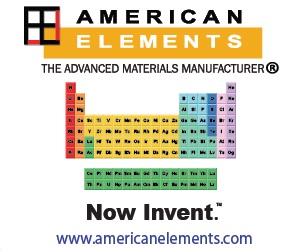
April 22 - 26, 2024
Seattle, Washington
May 7 - 9, 2024 (Virtual)
Symposium Supporters
2024 MRS Spring Meeting & Exhibit
EN09.04.07
Mechanistic Insight into Dual-Atom Catalysts for The Oxygen Reduction Reaction
When and Where
Apr 23, 2024
5:00pm - 7:00pm
5:00pm - 7:00pm
Flex Hall C, Level 2, Summit
Presenter(s)
Co-Author(s)
Courtney Brea1,Guoxiang (Emma) Hu2
Queens College (City University of New York)1,Georgia Institute of Technology2
Abstract
Courtney Brea1,Guoxiang (Emma) Hu2
Queens College (City University of New York)1,Georgia Institute of Technology2
Incorporating a second transition metal to iron-nitrogen-carbon single-atom catalysts (Fe-N-C SACs) to design dual-atom catalysts (DACs) was demonstrated to offer a promising opportunity to enhance the oxygen reduction reaction (ORR). However, it has been challenging to clearly elucidate the structure–property relationship at the atomic level. Here we apply a computational workflow integrating configuration generations, phase diagram constructions, and reaction free energy calculations to provide an insightful understanding of the active site structures and catalytic mechanisms of ORR on DACs. Using Fe-Cu as an example, we generated all possible configurations by tiling the hexagonal lattice and investigate their atomic structures under reaction conditions. We find for a wide range of the electrode potential, the Fe site is covered by an *OH intermediate while the Cu site is not covered by any intermediates. With the OH-ligated structures, we identify the configurations which possess higher catalytic activity than Fe-N-C and Pt(111). We find ORR on Fe−Cu DACs proceeds via the associative pathway, and the desorption of *OH is the rate-determining step. Further analysis reveals a linear correlation between the limiting potential and the magnetic moment on Fe. These mechanistic insights pave the way for the rational design of efficient platinum group metal-free (PGM-free) catalysts for ORR.Keywords
biomimetic
Symposium Organizers
Christopher Barile, University of Nevada, Reno
Nathalie Herlin-Boime, CEA Saclay
Michel Trudeau, Concordia University
Edmund Chun Ming Tse, University Hong Kong
Session Chairs
Nathalie Herlin-Boime
Michel Trudeau
Edmund Chun Ming Tse



















